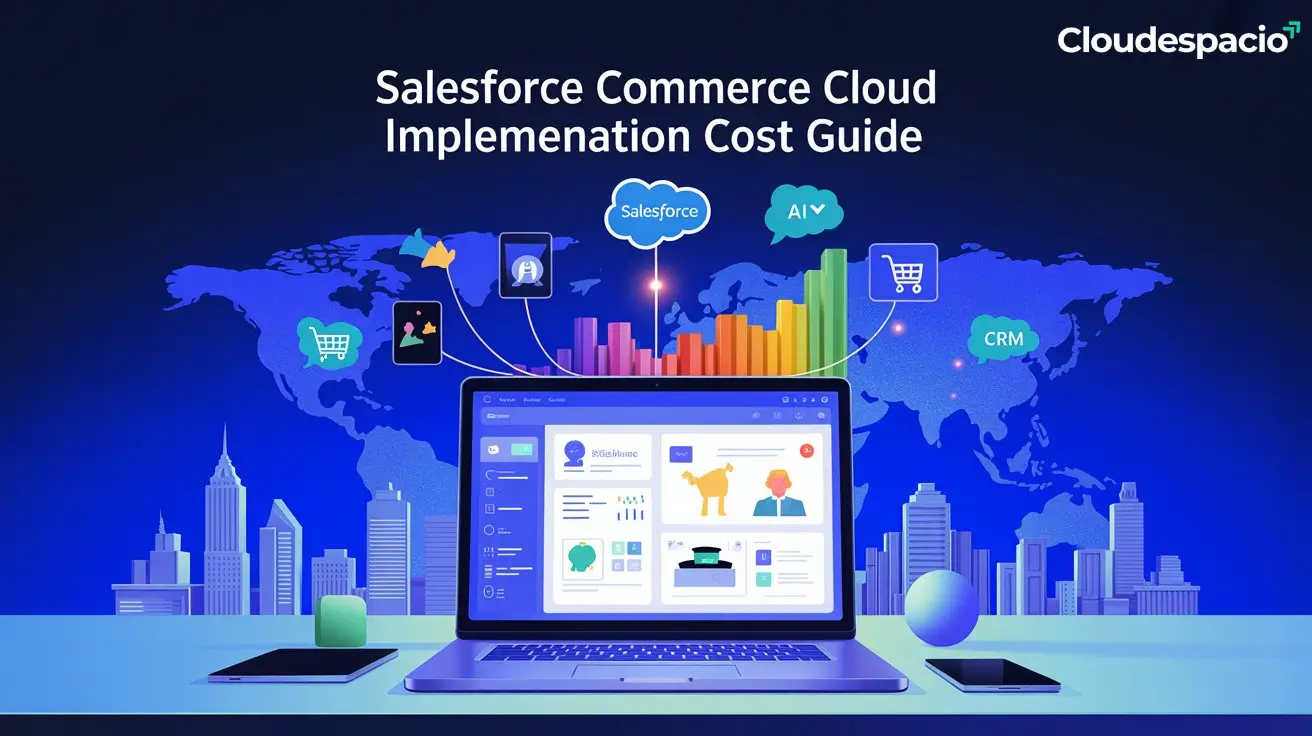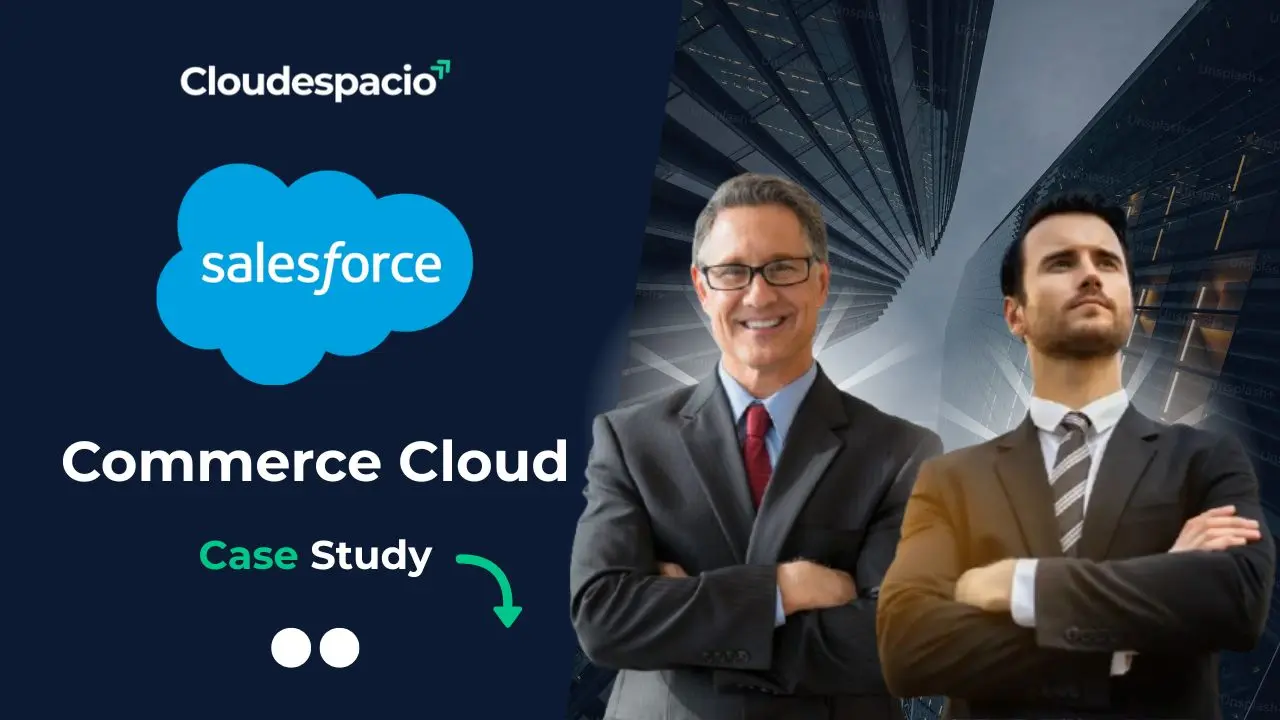


Planning a move to Salesforce Commerce Cloud (SFCC) is an exciting step for any business aiming to elevate its e-commerce presence. However, a critical question for every decision-maker is: “What will this cost?” Understanding the investment required is key to planning a successful project and securing stakeholder buy-in.
This guide provides a transparent look at the factors that influence the salesforce commerce cloud implementation cost. We will break down licensing fees, implementation expenses, and ongoing maintenance costs. You’ll also learn how project complexity, timeline, and your choice of implementation partner impact the final price. With this information, you can build a realistic budget and make an informed decision for your business.
The total cost of an SFCC project can be divided into three main categories: licensing, implementation, and post-launch maintenance. Let’s explore each one in detail.
Unlike some platforms with fixed monthly fees, Salesforce operates on a Gross Merchandise Value (GMV) model. This means your licensing fee is a percentage of your total online sales processed through the platform.
Typically, the GMV percentage for a Salesforce commerce cloud implementation cost b2c project ranges from 1% to 2%. The exact percentage is negotiated based on your expected sales volume, business size, and the specific SFCC products you choose.
For example, adding features like Order Management or AI-powered personalization can affect your rate. This pay-as-you-grow model aligns the platform’s cost with your success, making it a scalable solution for businesses of all sizes.
The salesforce commerce cloud implementation cost per month for licensing is therefore variable and directly tied to your revenue.
This is the one-time, upfront cost to design, build, and launch your e-commerce store on the SFCC platform. This is where the bulk of your initial investment will go. The final figure depends heavily on project scope, complexity, and the hourly rates of your chosen implementation partner.
Several key factors influence this cost:
To provide a clearer picture, here’s a general breakdown of what you might expect for a B2C implementation.
Basic Implementation (Starter): ~$50,000 – $100,000
Standard Implementation (Growth):~$100,000 – $250,000
Complex Implementation (Enterprise):~$250,000+
It is important to note that the Salesforce commerce cloud implementation cost in India may be more competitive due to differences in developer rates, making it an attractive option for businesses looking to optimize their budget without sacrificing quality.
Your investment doesn’t end at go-live. To ensure your site remains secure, performs well, and continues to evolve, you’ll need a budget for ongoing maintenance and support. This often takes the form of a monthly retainer with your implementation partner.
These costs typically cover:
A typical monthly support retainer can range from $2,000 to $10,000+, depending on the level of service required.
The Salesforce Commerce Cloud implementation timeline cost is a critical factor. There is a direct link between the SFCC project duration and its final price, the longer a project takes, the more it will cost in terms of resource hours. Here’s a look at a standard SFCC rollout timeline:
When analyzing cost vs. time, it becomes clear that a well-defined scope from the start is the best way to control both. Delays caused by changing requirements (scope creep) will extend the timeline and inflate the salesforce commerce cloud implementation cost.
While an SFCC implementation is a significant investment, there are smart ways to manage the budget.
The salesforce commerce cloud implementation cost reflects the platform’s power and scalability. For businesses serious about growth, SFCC provides a robust foundation to deliver world-class customer experiences, boost conversions, and streamline operations. The GMV-based licensing model ensures that the platform’s cost scales with your success, making it a sustainable long-term solution.
By carefully planning your project, defining a clear scope, and working with a trusted partner like Cloudespacio, you can manage your investment effectively and unlock the immense value that Salesforce Commerce Cloud offers.

Cloudespacio, headquartered in Singapore, is a prominent independent Salesforce and leading consulting firm, dedicated to prioritizing client satisfaction.
Copyright © 2025 All Rights Reserved. Designed by Navpatra.

If you have a project in mind, let’s talk!